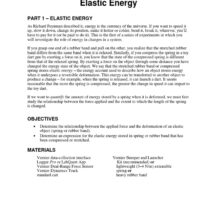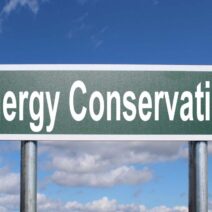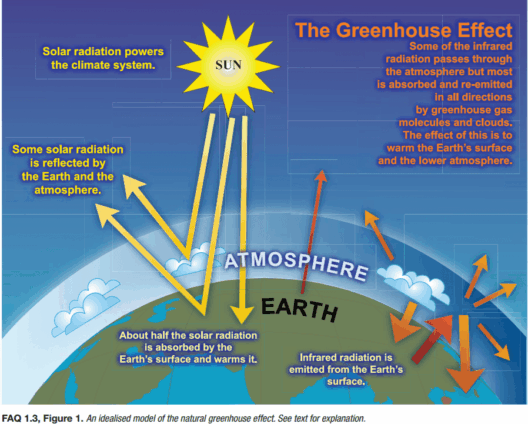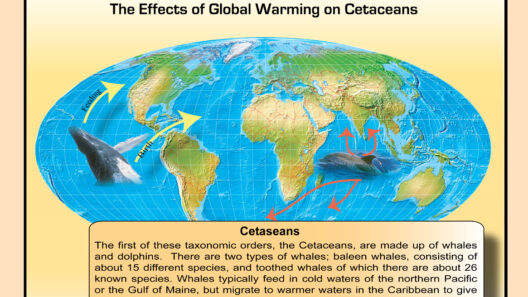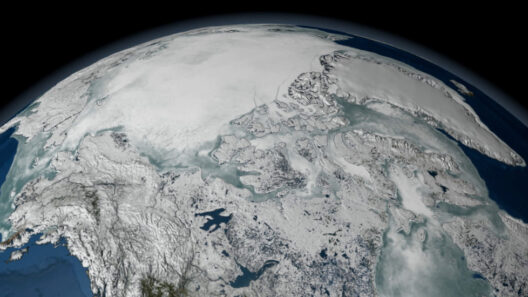The phenomenon of global warming is an unprecedented challenge that requires immediate and sustained action from every corner of the globe. The climatic shifts driven by human activities are altering weather patterns, melting polar ice caps, and jeopardizing ecological systems. To address this pervasive issue effectively, we must adopt a comprehensive battle plan that targets key contributors to climate change while galvanizing worldwide efforts toward a sustainable future.
Understanding the Driving Forces Behind Global Warming
At the heart of the climate crisis lies a multifaceted interplay of human actions and natural systems. Identifying the primary drivers of global warming is essential for formulating effective mitigation strategies.
Carbon Emissions: The Culprit of Climate Change
Carbon dioxide (CO2) emissions from fossil fuel combustion are the leading cause of greenhouse gas accumulation in the atmosphere. The transportation sector, industrial processes, and energy production significantly contribute to these emissions. Transitioning toward renewable energy sources, such as solar, wind, and hydropower, is imperative in reducing our reliance on carbon-intensive fuels. Not only would this reduce emissions, but it would also foster energy independence and drive technological innovations.
Deforestation: A Silent Assassin
Forests function as the lungs of our planet, absorbing CO2 and releasing oxygen. However, rampant deforestation for agriculture, urban development, and logging has led to the significant loss of these crucial carbon sinks. Reforestation and afforestation initiatives must be prioritized, along with promoting sustainable land-use practices. Investing in rewilding projects can restore ecosystems and enhance biodiversity, ultimately supporting the planet’s resilience against climate change.
Looking Beyond Carbon: Methane and Nitrous Oxide Emissions
While carbon emissions dominate the conversation, other greenhouse gases such as methane and nitrous oxide deserve equal attention. Methane, emitted from livestock, landfills, and oil production, is over twenty times more potent than CO2 in the short term. Strategies like improving agricultural practices, reducing waste, and capturing emissions from landfills can mitigate these effects. Additionally, understanding the sources of nitrous oxide, primarily from fertilization in agriculture, can lead to better management practices that reduce emissions without compromising food security.
Strategies for Action: Mobilizing the Global Community
The battle against global warming cannot be fought alone. A unified, global response is necessary to tackle the intricate web of environmental challenges we face.
International Agreements: A Collective Responsibility
Global, cooperative frameworks such as the Paris Agreement serve as promising platforms for coordinated efforts to combat climate change. By setting legally binding targets for carbon reduction, countries can hold one another accountable. Encouraging nations to invest in green technologies and infrastructure is critical to not only meet their targets but also foster economic growth in clean energy sectors.
Grassroots Movements: The Power of the People
Community engagement and grassroots mobilization are powerful tools in the fight against global warming. Local initiatives can drive large-scale environmental change by promoting renewable energy projects, community gardens, and sustainable transportation options. Efforts such as climate strikes, clean-up campaigns, and educational workshops raise awareness and empower individuals to contribute to change in their communities. When citizens advocate for a sustainable future, political leaders are more likely to act.
Educating for Change: Raising Awareness
Education is a vital weapon against global warming. By integrating climate change education into school curricula, we equip future generations with the knowledge to make informed decisions. Moreover, public awareness campaigns that emphasize the importance of conservation, energy efficiency, and sustainable practices can galvanize the populace to take individual actions. Encouraging discussions about lifestyle changes, such as reducing waste and embracing plant-based diets, can collectively stem the tide of climate change.
Technology and Innovation: Harnessing Human Ingenuity
Embracing technological advancements is a crucial element in our battle to mitigate global warming. Innovations in carbon capture and storage, energy efficiency, and sustainable agriculture offer promising solutions. The proliferation of electric vehicles, biofuels, and smarter grid technologies can significantly reduce our carbon footprint. Investing in research and development of green technologies is critical to discover novel approaches that can revolutionize our energy landscape.
Individual Action: Every Effort Counts
While systemic change is vital, individual actions play a significant role in the collective effort to combat global warming. Simple alterations in daily habits—such as reducing energy consumption, minimizing single-use plastics, and supporting local and sustainable products—can accumulate into significant impact. Citizens must understand that their choices, no matter how small, contribute to the larger fight against climate change.
Building Resilience: Preparing for a Changing Climate
As we devise strategies to combat global warming, it is equally essential to bolster resilience against its impending effects. This includes investing in infrastructure that can withstand extreme weather events, safeguarding water supplies, and enhancing food security. By preparing for climate-related impacts, societies can adapt and thrive amidst the challenges posed by a warming world.
Conclusion: The Imperative of Collective Action
The battle against global warming is formidable, yet not insurmountable. It demands concerted efforts from individuals, communities, governments, and businesses alike. By understanding the root causes, mobilizing resources for action, and fostering innovation, we can forge a sustainable path forward. As the consequences of inaction loom large, the time for a decisive battle plan is now.
